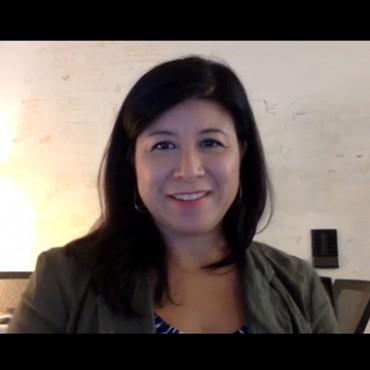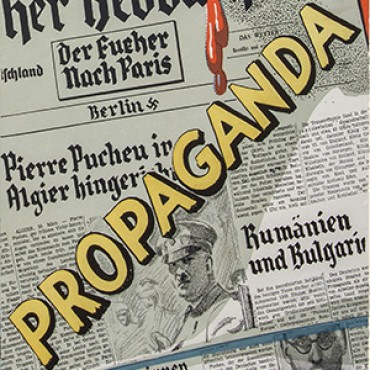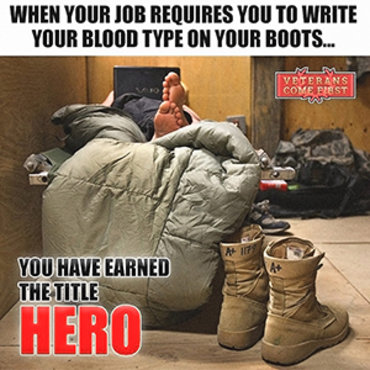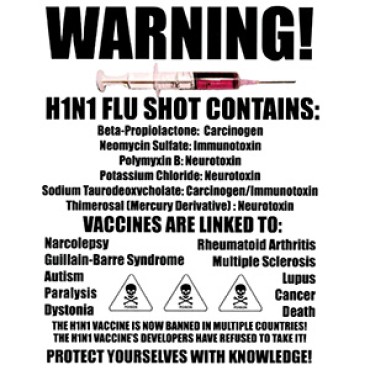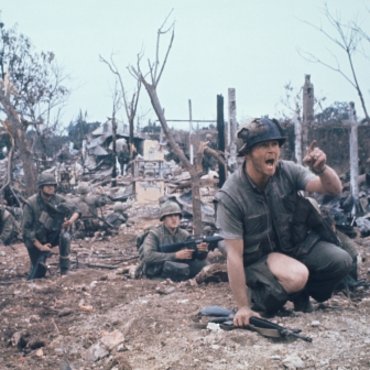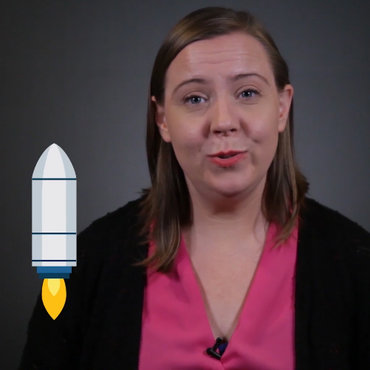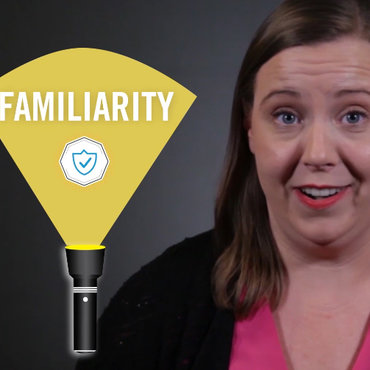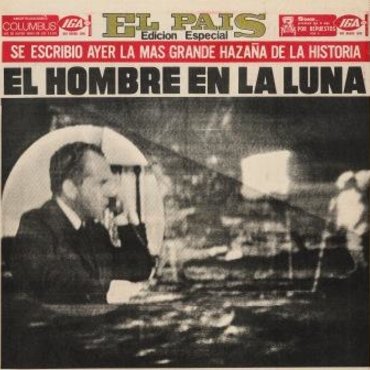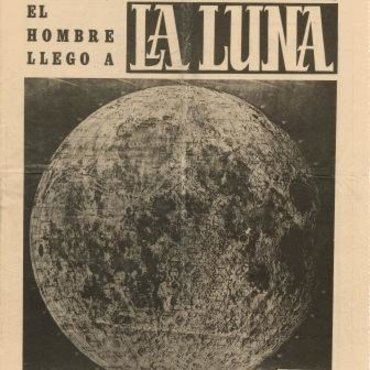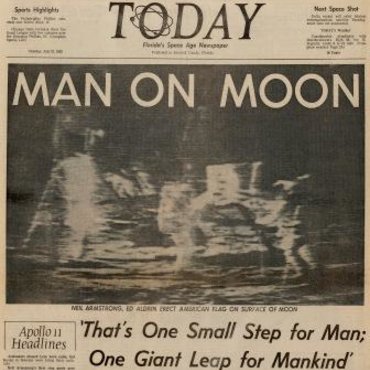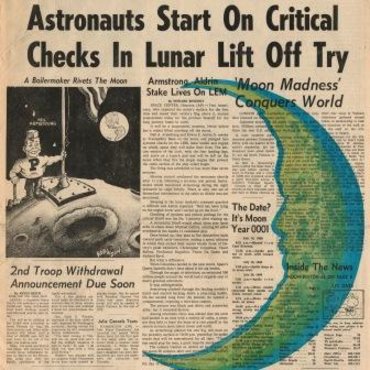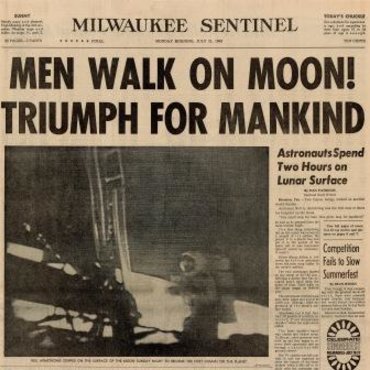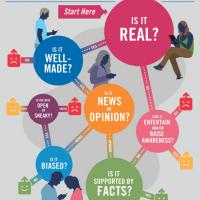
Lesson Plan
Is This Story Share-Worthy?
Students answer questions in an informational poster to gauge the value of a news story and decide whether it deserves to be linked, shared or retweeted. (Poster also available for download in Spanish, Japanese and Ukrainian.)
Get even more great free content!
This content contains copyrighted material that requires a free NewseumED account.
Registration is fast, easy, and comes with 100% free access to our vast collection of videos, artifacts, interactive content, and more.
Sign Up
?
NewseumED is provided as a free educational resource and contains copyrighted material. Registration is required for full access. Signing up is simple and free.
With a free NewseumED account, you can:
- Watch timely and informative videos
- Access expertly crafted lesson plans
- Download an array of classroom resources
- and much more!
Duration
Less than 30 minutes
Topic(s)
- Current Events
- Journalism
Grade(s)
- 6-12
- In advance: Select a variety of news stories for students to evaluate using the flowchart. You can use the examples in the teacher resource (download) or find your own. Ideally, the stories should include a mix of fake news, poor quality news, opinion journalism, biased news and high quality stories. You will need at least one story per group.
- Ask students how they receive and share information online. Do they share stories by text? Using social media? Which platforms?
- Ask students how they decide whether a story is worth passing on.
- Explain that the First Amendment protects our freedom to seek out and share information, but not everything out there is good quality, or even real. Introduce the Is This Story Share-Worthy? flowchart graphic. Explain that this is a tool that can help them decide whether a story is worth spreading to other people. Go over the questions to make sure students have a general understanding of what they mean and how to navigate the flowchart.
- Divide students into groups and give each group a news story (or stories), access to the Is This Story Share-Worthy? flowchart and a copy of the Is This Story Share-Worthy? worksheet.
- Have students use the graphic to fill out the worksheet and reach a conclusion for their assigned story. Then share and discuss their findings and experience.
- Is This Story Share-Worthy? poster (download), either printed on large paper or displayed digitally
- Is This Story Share-Worthy? worksheet or activity charts (download), one per group
- Selections from Teacher Resource – Examples for Evaluating Online News (download)
- Internet access
- What type of impact do you think your assigned story would have if it was shared by many people?
- How easy or difficult was it to use this flowchart? Which questions were the easiest to answer? Which questions were more difficult?
- Do you agree with the conclusion that you reached using the flowchart? Explain.
- It’s not realistic to use this flowchart every time you are trying to decide what to do with a story in real life, so what are a few top tips that you can take from this graphic and apply quickly? (For example: Check a key fact if you’re not sure if a story is real or fake.)
-
Common Core State Standards: CCSS.ELA-LITERACY.CCRA.R.1
Read closely to determine what the text says explicitly and to make logical inferences from it; cite specific textual evidence when writing or speaking to support conclusions drawn from the text. -
Common Core State Standards: CCSS.ELA-LITERACY.CCRA.R.4
Interpret words and phrases as they are used in a text, including determining technical, connotative, and figurative meanings, and analyze how specific word choices shape meaning or tone. -
Common Core State Standards: CCSS.ELA-LITERACY.CCRA.R.8
Delineate and evaluate the argument and specific claims in a text, including the validity of the reasoning as well as the relevance and sufficiency of the evidence. -
Common Core State Standards: CCSS.ELA-LITERACY.CCRA.SL.1
Prepare for and participate effectively in a range of conversations and collaborations with diverse partners, building on others' ideas and expressing their own clearly and persuasively.
-
ISTE: 3b. Knowledge Constructor
Students evaluate the accuracy, perspective, credibility and relevance of information, media, data or other resources. -
ISTE: 3d. Knowledge Constructor
Students build knowledge by actively exploring real-world issues and problems.
-
National Council of Teachers of English: NCTE.1
Students read a wide range of print and non-print texts to build an understanding of texts, of themselves, and of the cultures of the United States and the world; to acquire new information; to respond to the needs and demands of society and the workplace; and for personal fulfillment. Among these texts are fiction and nonfiction, classic and contemporary works.



















